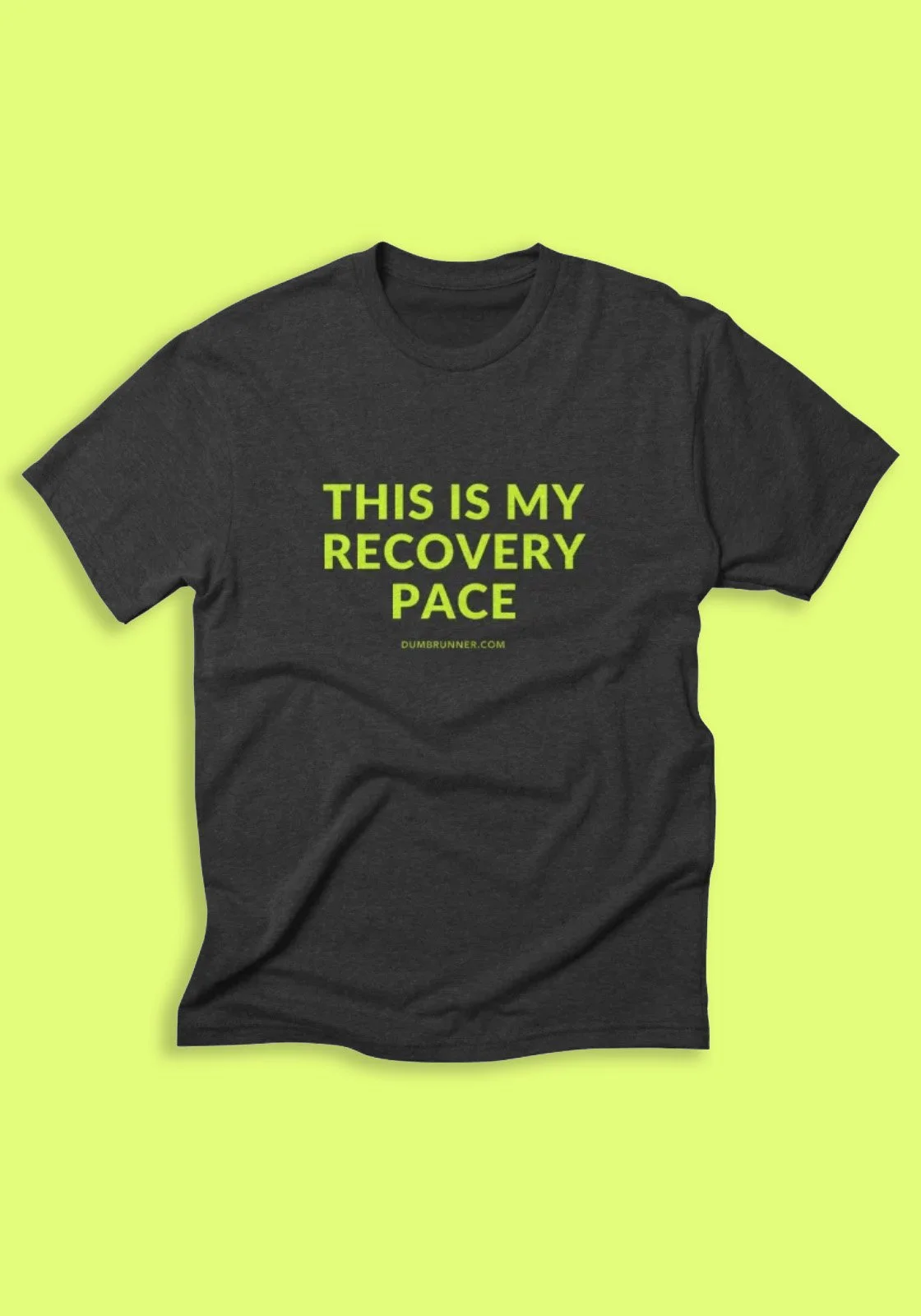Facing Backlash, Boston Marathon Officials Insist Mascot ‘Not Hurt Permanently’ by Screw-In Horn
/Horse: depositphotos.com
The live “unicorn” that serves as mascot for the Boston Marathon, a horse fitted with a single horn on its head, is “not hurt permanently” by the transformation, race officials said in a statement released today.
The statement, posted on the Boston Marathon’s website, apparently is in response to leaked photos that appeared online Monday, one week before race day. Those photos show that the horn is anchored to the animal’s skull with a metal screw.
Shared widely online, the photos sparked an immediate backlash from animal welfare groups and runners alike. Within hours, the hashtag #screwnicorn had taken off and race officials were flooded with complaints.
“Horrible,” read one typical tweet. “I’ve never qualified for Boston, but if I ever do, I won’t be running.”
“WTF!” read another. “That thing is SCREWED on?!? I always assumed it was adhesive or something. Disgusting.”
Addressing those and other comments without explicitly referring to them, the statement from the Boston Athletic Association explained that the horse chosen to act as mascot—“an honor and a privilege, by the way”—is sedated before the horn is attached and is lavished with care afterward, including “as many sugar cubes and carrots as he wants.”
The screw affixed to the bottom of the horn, the statement said, is made of medical-grade steel and carefully sterilized before “being turned, gingerly, into the horse’s skull.” Apart from some mild confusion and drooling, it said, the horse doesn’t appear to suffer and “is not hurt permanently.”
“The unicorn has been a treasured and instantly recognizable symbol of the B.A.A. and the Boston Marathon for decades,” the statement concluded. “We are committed to preserving that tradition, as humanely as possible.”
Reached for comment, a B.A.A. spokesperson acknowledged that she can understand the apprehension fueling the backlash, but stressed that it’s misguided.
“The screw that we use is just long enough to secure the horn, and not one millimeter longer,” she said. “That’s something we determined over time, through trial and error.”
”But yeah,” she said. “Now, it’s all good.”



